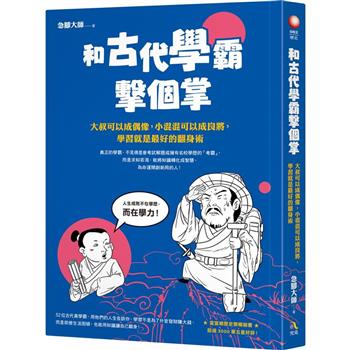In 1971, Vane proposed that the mechanism of action of the aspirin-like drugs was through their inhibition of prostaglandin biosynthesis. Since then, there has been intense interest in the interaction between this diverse group of inhibitors and the enzyme known as cyclooxygenase (COX). It exists in two isoforms, COX-l and COX-2 (discovered some 5 years ago). Over the last two decades several new drugs have reached the market based on COX-l enzyme screens. Elucidation of the three-dimensional structure of COX-l has provided a new understanding for the actions of COX inhibitors. The constitutive isoform of COX, COX-l has clear physiological functions. Its activation leads, for instance, to the production of prostacyclin which when released by the endothelium is anti-thrombogenic and anti-atherosclerotic, and in the gastric mucosa is cyto- protective. COX-l also generates prostaglandins in the kidney, where they help to maintain blood flow and promote natriuresis. The inducible isoform, COX-2, was discovered through its activity being increased in a number of cells by pro- inflammatory stimuli. A year or so later, COX-2 was identified as a distinct isoform encoded by a different gene from COX-I. COX-2 is induced by inflammatory stimuli and by cytokines in migratory and other cells. Thus the anti-inflammatory actions of non-steroid anti-inflammatory drugs (NSAIDs) may be due to the inhibition of COX-2, whereas the unwanted side-effects such as irritation of the stomach lining and toxic effects on the kidney are due to inhibition of the constitutive enzyme, COX-I.
| FindBook |
有 1 項符合
Improved Non-Steroid Anti-Inflammatory Drugs: COX-2 Enzyme Inhibitors的圖書 |
 |
Improved Non-Steroid Anti-Inflammatory Drugs: COX-2 Enzyme Inhibitors 作者:Vane 出版社:Springer 出版日期:2011-12-25 語言:英文 規格:平裝 / 200頁 / 23.4 x 15.5 x 1.5 cm / 普通級 |
| 圖書館借閱 |
| 國家圖書館 | 全國圖書書目資訊網 | 國立公共資訊圖書館 | 電子書服務平台 | MetaCat 跨館整合查詢 |
| 臺北市立圖書館 | 新北市立圖書館 | 基隆市公共圖書館 | 桃園市立圖書館 | 新竹縣公共圖書館 |
| 苗栗縣立圖書館 | 臺中市立圖書館 | 彰化縣公共圖書館 | 南投縣文化局 | 雲林縣公共圖書館 |
| 嘉義縣圖書館 | 臺南市立圖書館 | 高雄市立圖書館 | 屏東縣公共圖書館 | 宜蘭縣公共圖書館 |
| 花蓮縣文化局 | 臺東縣文化處 |
|
|
圖書介紹 - 資料來源:博客來 評分:
圖書名稱:Improved Non-Steroid Anti-Inflammatory Drugs: COX-2 Enzyme Inhibitors
內容簡介
作者簡介
Sir John Vane is the Director General at the William Harvey Research Institute, an independent charitable foundation within Queen Mary and Westfield College of the University of London, UK.
Sir John Vane shared the Nobel Prize in Physiology or Medicine in 1982 for his discoveries of the mechanism of action of aspirin and of prostacyclin, as well as his work on other prostanoids. Jack Botting is Consultant at the William Harvey Research Institute, an independent charitable foundation within Queen Mary and Westfield College of the University of London, UK.
|









